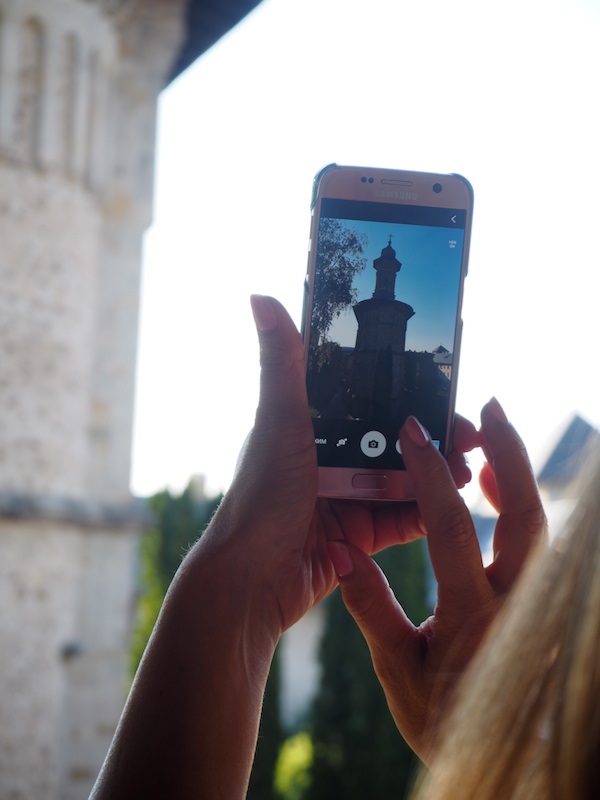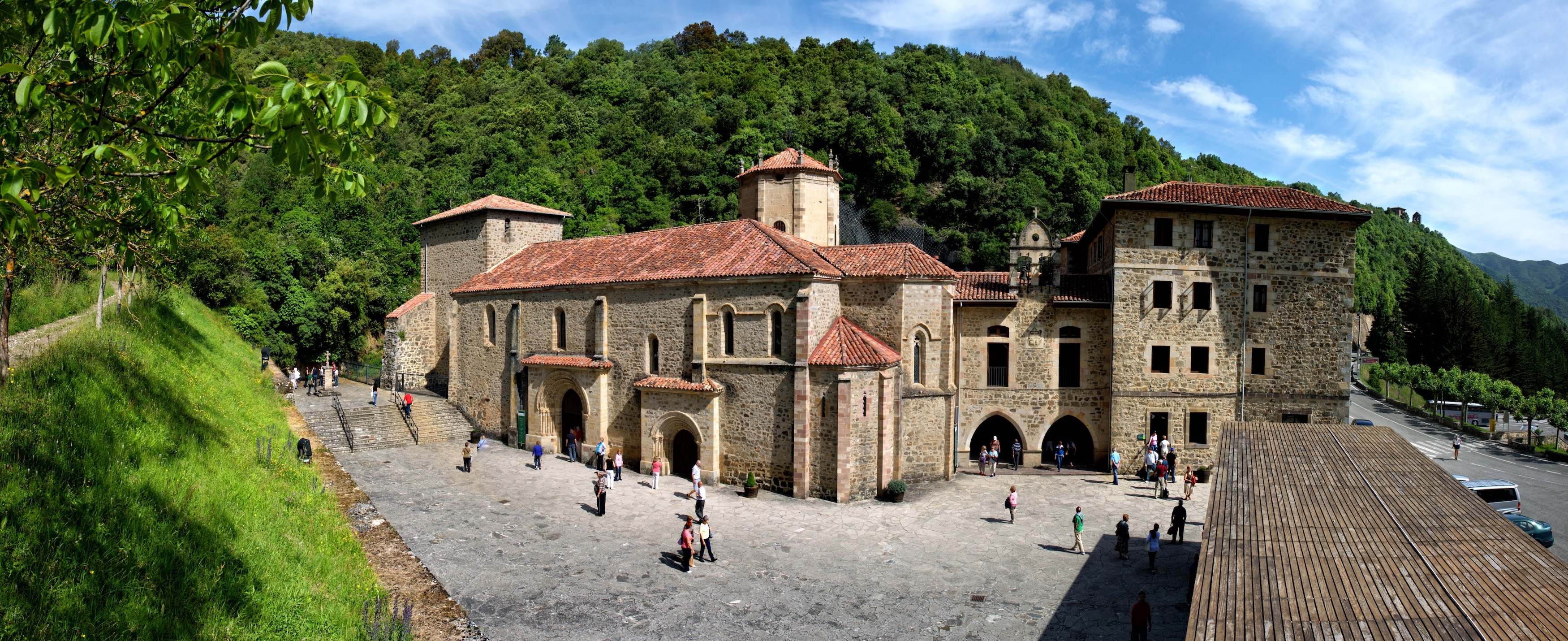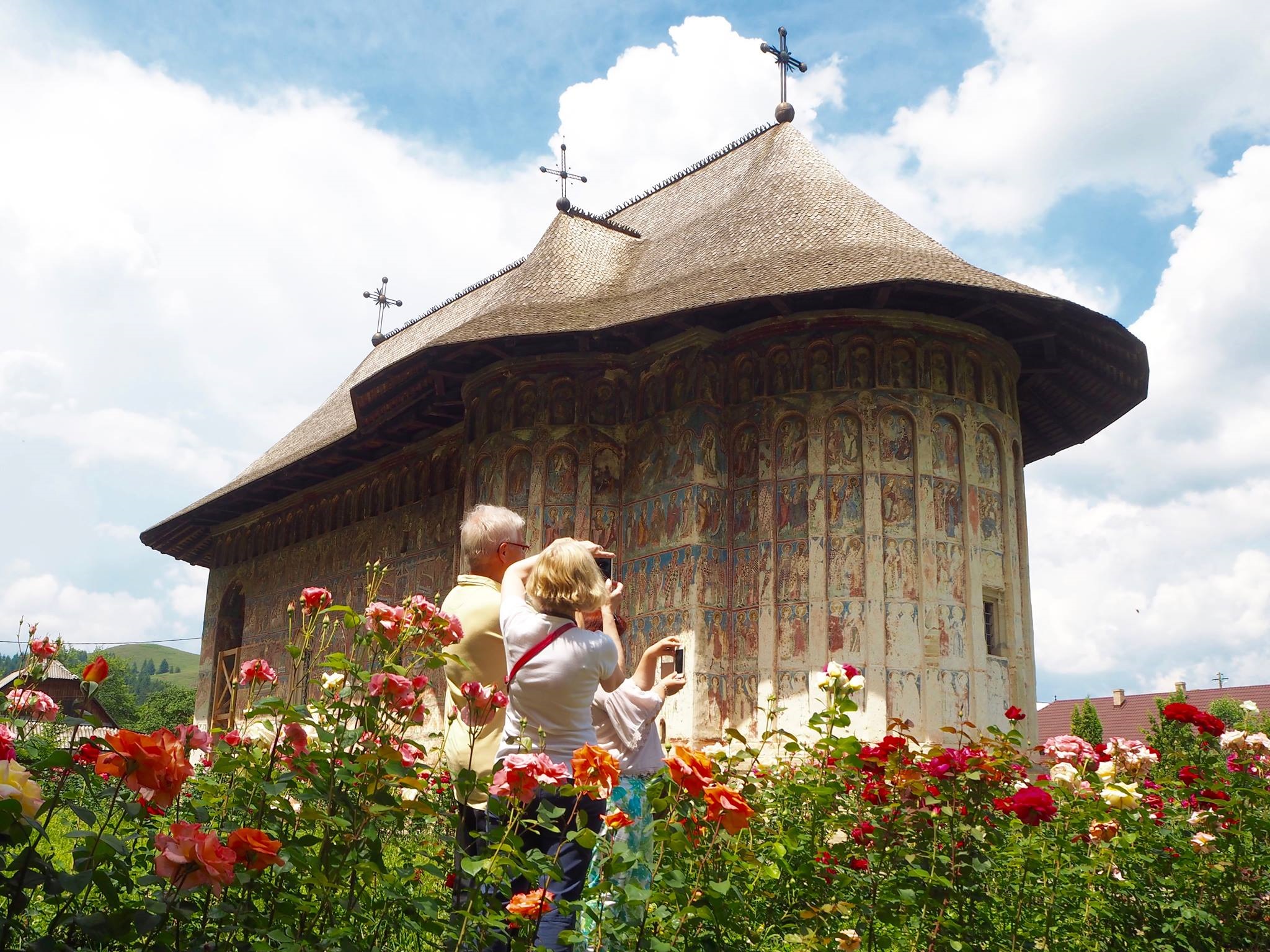
Photo: Europetour
Faith-based (heritage) tourism is a key contributor to the economy and adds to the attractiveness of cities, villages and regions. However, religious sites are visited as heritage sites rather than religious sites and visitors expect to be treated as visitors rather than believers. What does that mean for operators, no matter if church-based, public or private? How can religious sites meet expectations of visitors – and where are the limits?
Religious heritage tourism is one of the continuously increasing market segments of cultural tourism, which reflects an astonishing development. On the one hand, we face decreasing knowledge of religious history and heritage in all European societies; on the other hand, faith-based tourism is getting more and more important as a tourism branch with rising visitor numbers. For the last Flash Eurobarometer on “Preferences of Europeans towards tourism“[1] a little over a quarter (26%) of respondents mentioned culture with a clear link to visiting religious sites as a reason for going on holiday.
The reasons for faith-based travels are well known: pilgrimage, monastic retreats, religious events, ‘cemetery tourism‘ and religious sites as elements within a given cultural landscape. The motives for visiting religious sites beyond spiritual reasons are also well identified[2]: must-see sites, an interest in architecture, art and history, or finding places of rest. Therefore, it is interesting enough, what people remember most after visiting churches and monasteries during their holidays: impressive architecture, special atmosphere, candles and other forms of light (for example, stained glass windows), organ music, the sound of bells, and the smell and chilliness of religious spaces.
Karin Drda-Kühn:
On the one hand, we face decreasing knowledge of religious history and heritage in all European societies; on the other hand, faith-based tourism is getting more and more important as a tourism branch with rising visitor numbers.Handling visitor expectations
Visitors cite many different expectations when visiting religious sites: exploring impressive architecture, experiencing a ‘magic‘ atmosphere, finding a place of meditation, marvelling at places of strangeness (for those not used any more to religious experiences) and gaining spiritual insight during a holiday. However, people visiting religious sites as tourists rather than believers also expect from religious sites what they can expect from heritage sites in general, such as detailed information on opening hours, information of other cultural sites nearby, good infrastructure, high-quality information material (online and offline), WiFi, charging points for smartphones, tablets or e-bikes, and so on.

Vista del Monasterio de Santo Toribio en Liebana
Therefore, bridging the gap between these two different sets of expectations will be a major factor in the success of religious heritage tourism. The basics for a successful relationship between religious heritage operators and their visitors are rather simple, but crucial. Some recommendations:
- Stay authentic: define how to sustain the dignity of a site and insist on compliance with rules (quietness, respect).
- Improve visibility: invest in interactive websites, blogs and activities on social media.
- Cooperate: with other religious sites, tourism agencies, cultural-touristic networks and cultural routes (locally, regionally, nationally and internationally).
- Create souvenirs with unique value: enable visitors to take something home they will not get anywhere else.
- Encourage visitors to share and contribute: for example by financial donations.
Perhaps the most important aspect however is to train your staff. Following a survey in eight European countries[3], there is a clear need to train staff at heritage sites in order to improve skills in visitor relations, marketing, public relations and cooperation. Be aware that the use of different instruments needs in-depth consideration and professional expertise. Religious tourism sites have a clear need for cooperation, which goes further than the local or regional level, and for business skills, which generate economic and social benefits for the local environment.

Monastery Bukovina Romania
Overall, religious heritage tourism has not unlocked its full economic and social potential yet, specifically not in rural areas. Operators of these sites will have to decide eventually if they take or leave chances, which tourism is offering.
[1] “Preferences of Europeans towards tourism“, Flash Eurobarometer 432, published March 2016 (on the basis of 2015 data).
[2] Data based on Universität Paderborn, Akademie Bruderhilfe – PAX Familienfürsorge and Thomas Morus Akademie, Religion und Tourismus. Ergebnisse einer bundesweiten Repräsentativuntersuchung (2011).
[3] The survey was implemented in 2016 as a part of the ERASMUS+ – funded EUROPETOUR initiative: http://www.europetour.tips/results/. EUROPETOUR partners from ten European countries are currently developing a multi-lingual training module, which addresses training needs. The training targets staff of cultural and heritage institutions and of tourism agencies. The training module will improve tourism market access and services for visitors and will be available April 2017.
[Editor MMNieuws:] This article is an adaptation of the autor’s presentation at the The conference ‘Tourists, Travellers and Pilgrims: Encountering Religious Heritage in Today’s Europe, november 9-11 2016 in Vicenz, Italy.
